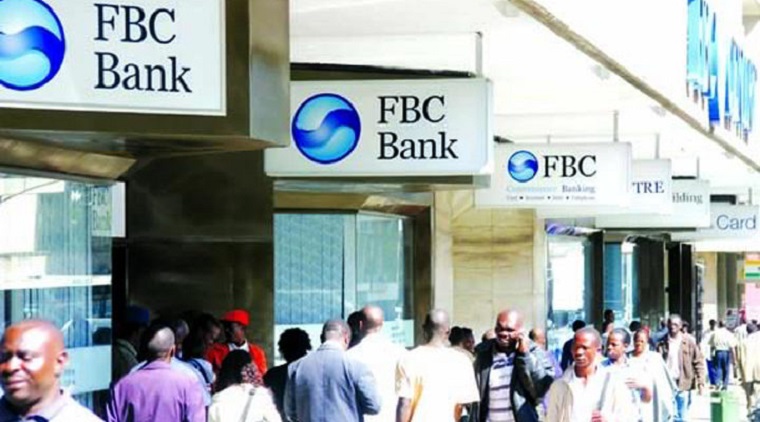Financial group FBC Holdings has reported a three percent increase in after-tax profit to $9.6 million in the six months to June, from $9.3 million recorded in the same period last year, on cost cutting.
Total income decreased by 4 percent to $45 million from $46.6 million last year, following a central bank directive to cap interest rates and transactional charges.
Net interest income was down 6.7 percent to $20.97 million from $22.5 million previously, while fees and commission income also declined from $12.5 million to $12.3 million.
Cost to income ratio improved from 76 percent to 74 percent as expenses during the half under review decreased by 6.8 percent to $33.1 million from $35.5 million incurred in the comparable period last year.
Chief executive John Mushayavanhu told analysts that government had continued to honour all its obligations on maturing Treasury Bills (TB).
FBC has a TB stock of $105.5 million, with $7.3 million of them having been received from Zimbabwe Asset Management Company (ZAMCO) for the acquisition of non-performing loans.
The remaining $98.5 million were issued under various government budgetary support schemes.
The group’s assets increased by 11 percent to $676.6 million from $610.1 million recorded in the same period previous year.
The group’s non performing loan ratio increased from 4.34 percent recorded in December 2016 to 7.14 percent, despite loans and advances declining 7 percent from $276.5 million to $258.3 million.
Total deposits increased by 14 percent to $518.1 million from $455.5 million in the same period last year.
The group declared a dividend of 0.22 cents per share.-The Source
(33 VIEWS)







0 Comments